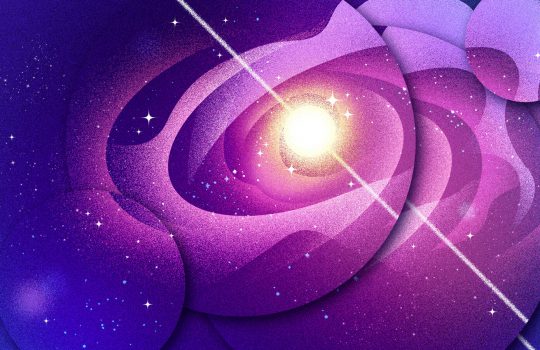IceCube detector confirms deep-space “ghost particle” phenomenon
Big Think, May 8, 2024
Tau neutrinos were observed for the first time in 2000 at Fermilab. Today, IceCube scientists have detected high-energy tau neutrinos from deep space, suggesting that neutrino transformations occur not only in lab experiments but also over cosmic distances.





